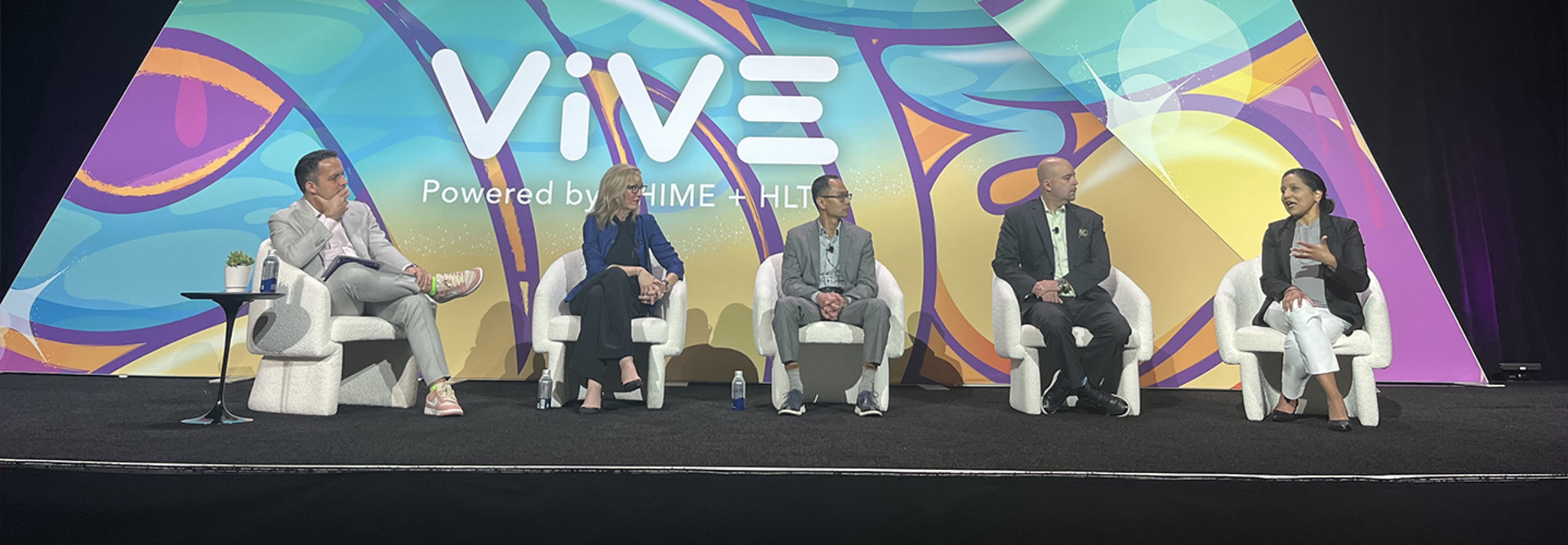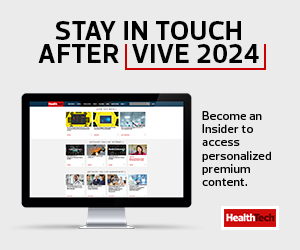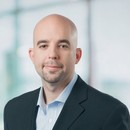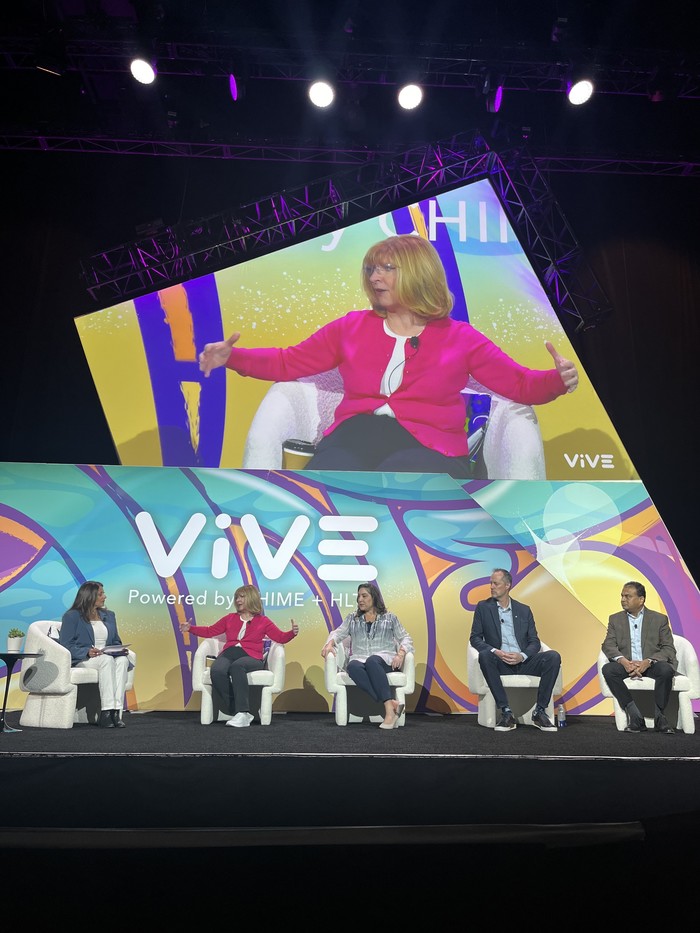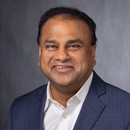How Does Patient-Generated Data Fit into Healthcare?
Moderator Ezra Mehlman, managing partner at Health Enterprise Partners, opened the session “Data that’s Getting Personal” by explaining that there’s been a tsunami of healthcare data, a disproportionate amount of which is fueled by patient-generated sources.
“The proliferation of wearables, mobile health apps and patient-reported outcome platforms has dramatically increased the number of nodes by which patient data can be ingested and incorporated into a clinical context,” he said. “This is being driven by meteoric expectations assigned to real-world evidence initiatives, a renewed focus on patient experience — some of that underpinned by financial penalties — and a technological infrastructure that, for the first time, may meaningfully enable value to be unlocked for patient-generated data.”
RELATED: A Banner Health’s leader discusses the organization’s journey toward a unified data model.
PGHD has the potential to improve patient wellness by notifying providers of side effects or trends so they can act upon that data. It also allows for further engagement with patients about their health beyond a visit or even beyond a period of remote patient monitoring.
Adoption is still in its early stages. Dr. C.K. Wang, chief medical officer at COTA, explained that, unfortunately, PGHD is not commonly used in specialties such as oncology, but it’s much relied upon in the clinical trial space.
“Widespread adoption has not truly occurred. It’s too early to tell what impact PGHD will have,” said Wang. “However, I do predict it will be an integral part of patient care and that sponsors will continue to work PGHD into their trial protocols. It is my hope that oncology providers will start adopting these types of technologies so they can take care of patients in a better way and improve their quality of life, thereby reducing the cost of care.”



